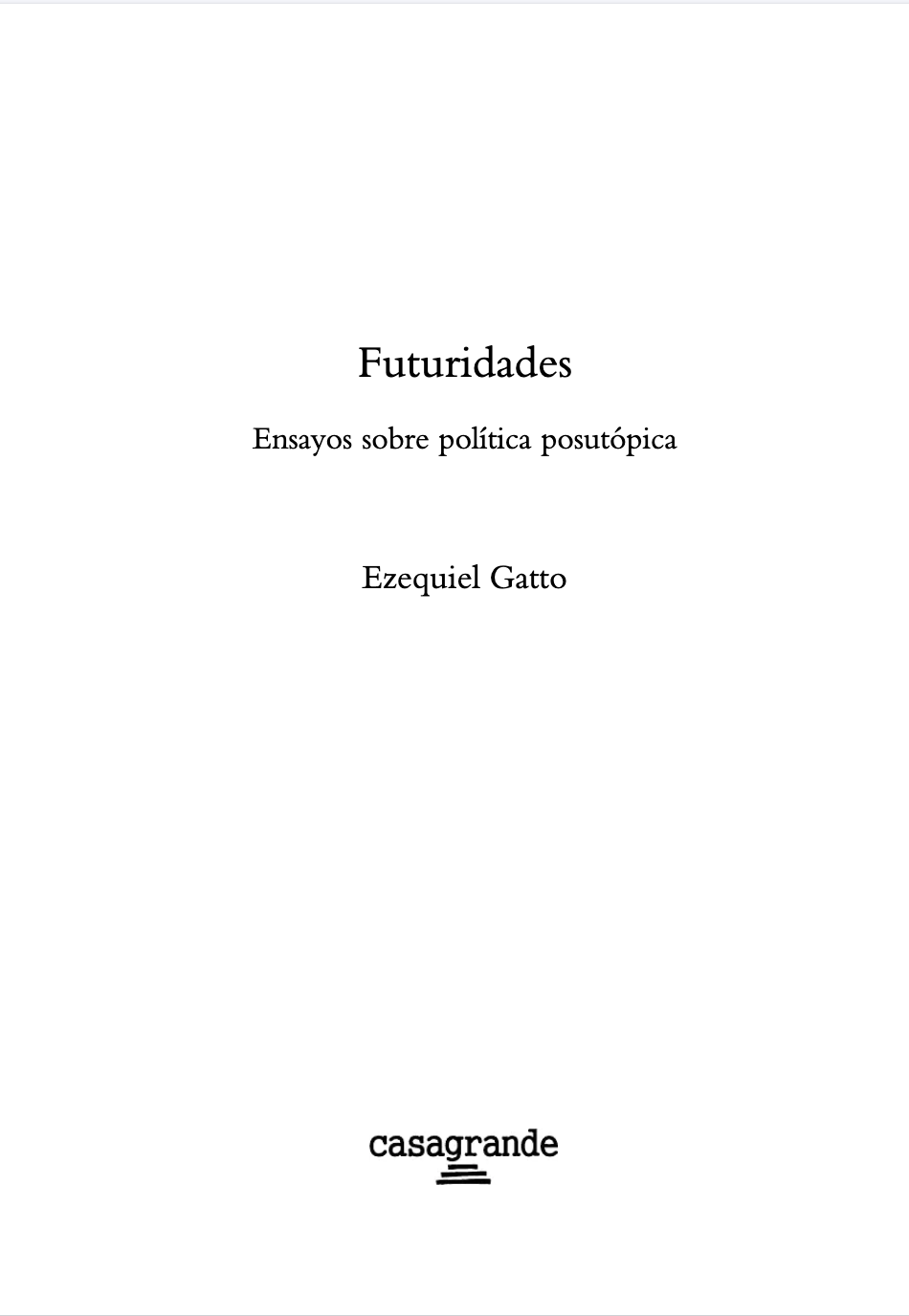Knowledge by Mariano Mussi
researcher, educator, theorist, organizer

Physician, specialist in primary health care and epidemiology. I consider health as an expression of the fighting capacity of individuals and peoples and, in this sense, I have oriented my care and research practice towards unions and social movements of the popular economy, agroecology and feminism. I am a teacher at the National University of Rosario, Argentina and I am part of the "Non Delega" workers' health research and advisory group, which develops interventions together with the teaching, metallurgical, oil, soap and public employee unions, among others.
The resources I present here address topics in philosophy, anthropology, feminism, Marxism, and epistemology. I consider that the work of transformative and revolutionary design can be enriched with the resources of critical social theory, even from those areas of knowledge apparently more distant.
La Classe operaia Va In Paradiso. Film, Elio Petri, 1971.

What is the meaning of productive work? What do we produce, in ourselves and in the world, by working? Work, madness, productivity and marginality in Elio Petri's film.
The Normal and the Pathological. Georges Canguilhem, 1966.

Canguilhem investigates the foundations of the experience of suffering and the notions of normality and abnormality. In his view, the pathos is an individual experience, largely inaccessible, that health technology designs as a disease.
The theory of needs in Marx. Agnes Heller, 1976.

Heller draws a parallel between forms of social development and diversification of needs. What do needs imply when what configures them is the monetary relationship in the market? What is necessary is historical and, as history, it bears the mark of the class struggle. Rethinking needs from the perspective of the Budapest school introduces a question about the generic being of the human and about wealth as a multiple and diverse development of needs.
Hiperobjects. Thimoty Morton, 2013.

We live in the times of hyper-objects: entities massively distributed in space and time that contain and penetrate us. Climate change, pandemics, mass extinctions, plastics, radioactive products. Computer technology allows us to intuit them, political action collides with moral dilemmas. What world do we design for those who come 100,000 years from now?
Futuridades. Ezequiel Gatto, 2018.

A design of the future involves examining in depth the representations we have about this concept. Future and political action, future and power. Is the future something to come, like a utopian promise, or is it already happening? How is the future happening today in an act of design? How do expectations and fears translate into the design of the future?
How compassion made us humans. Penny Spikins.

Spikins develops, with paleoanthropological arguments, the question about the evolution of our own emotional nature. Are we violent and aggressive beings or is compassion the evolutionary event that made us successful as a species? The story begins in the caves of Shanidar, Iraq, where the remains of a mutilated Neanderthal speak of caregiving, productive work, love, and violence.
The Shamans of prehistory. Jean Clottes.

What reality do works of art have according to their historical moment? Do we see in the paintings of the Chovet cave, more than 30,000 years old, the same thing that our ancestors saw? A drawing is always a drawing, but social reality makes them something much more elusive and powerful. A trace on the wall of a cave can be the entrance to the beyond of our conscious experience.
Being and Time. Martin Heidegger. Part One, Chapter 3. The Worldliness of the Surrounding World.

Why is there something rather than nothing? The tool disappears in my hand when I use it, but returns when it breaks, with all its impropriety. Each entity weaves the web of the world. Each object is a projection of the being-there of humans. Designing the world is, then, projecting oneself, falling on things, and returning to oneself. The meaning of every object and of every tool is the sense of the human. Heidegger opens the door to the question of being in this chapter destined to the being of things, which are the product and expression of the human.
Caliban and the witch. Silvia Federici.

Federici develops the history of the original accumulation of capital as a process of expulsion of reproductive tasks from the scene of value and of a systematic policy of subjugation of women and the feminine. From the early Middle Ages to the 19th century, the advance of the market and money as a central form of socialization has been accompanied by an uninterrupted process of subjugation of women, expropriation of community lands, and deterioration of reproductive practices. Money as a mediator of needs is presented in this work by Federici as the most subtle trap of human freedom.
Feminist epistemology. Elizabeth Anderson.

What relationship can be sustained between the veracity of a proposition and the subjective position of the person who holds it? Anderson develops on Kantian bases the privileged epistemological position as that subjective and political construction that constitutes the basis of the veracity of a statement. Feminisms, labor movements and counter-hegemonic practices constitute real actors, strongly involved with their reality and for whom a scientific proposition is always a political proposition.
